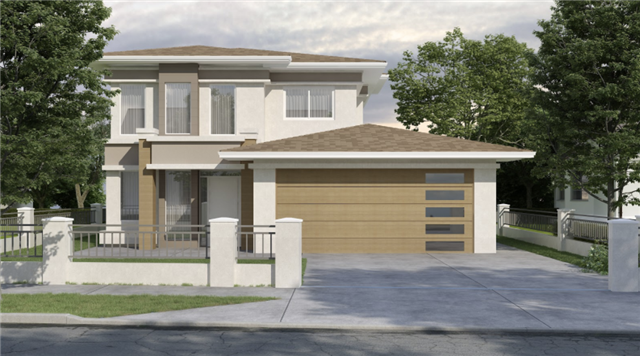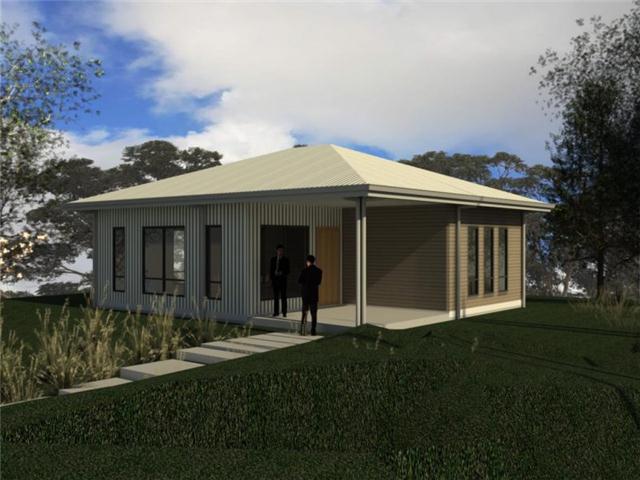
Light Steel Frame - Advantages
• Stability and strength
Steel is the ultimate in durability. It holds true throughout the construction process. True, it saves both time and energy. Straighter walls and sharper corners are provided.
Steel has a high strength-to-weight ratio and requires less framing in buildings. This translates to wider spans and larger windows.
• Easy to use
The steel frame is one-third the weight of wood, making it easier to move around the construction site. This has significant health and safety implications for builders and workers.
Precision is ensured because the steel frame can be manufactured according to the house plan. It can even be pre-drilled for easy installation and routing.
• Moisture and fire resistant
Light steel does not absorb any moisture. This is useful when building in wet areas because you don't have to wait for the frame to dry before proceeding. It also has the long-term benefit of lowering the likelihood of moisture retention in the home.
If you have a house fire, a steel frame will not add fuel because it will not burn.

Light Steel Frame - Disadvantages
•insulation
Steel homes are thought to be more difficult to insulate than wooden homes. As part of the insulation process, steel framing requires insulation.
This is due to the fact that steel heats up faster than wood. Without insulation, the warm steel can cause condensation within the house's walls, and moisture can compromise the integrity of the walls over time.
• live and fire
Steel is a conductor, so if live wires come into contact with the frame, there is a serious risk. To avoid this potentially fatal hazard, circuit breakers are required.
Although steel frames do not burn, they can bend severely if exposed to fire. Because of how the steel frames are held together, bending them will necessitate extensive frame replacement.
Because it is mostly interlocked, it is more difficult to replace than wood.
•rust
Steel can rust, but wood does not. Steel frames are galvanized during production, but they can rust if they are cut, scratched, or drilled afterward.
Timber Frame - Advantages
• Try it for real
It is not necessary to conduct research to demonstrate that a wood frame works; centuries of building history demonstrate this. It is still a popular choice, with over 1.5 million Kiwi homes using locally grown, sustainable wood framing.
• Easy to build
With wood framing, any home builder can create a strong and secure home. It can be easily trimmed or styled on-site to accommodate planned changes or modifications.
• Warm and safe
Wood is a natural insulator, absorbing heat during the day and slowly releasing it at night. Thermal insulation standards can be easily met with timber framing without the use of thermal barriers or other special methods.
The wood is sturdy and serves as a strong framing foundation for the house. It can absorb movement and sudden tremors, and it performed well in earthquake testing.

Timber Frames - Disadvantages
•Labor cost
While the costs of steel and wood framing are comparable, the labor costs of each material are not. Many steel frames can be manufactured on-site and erected quickly by both skilled and unskilled laborers.
Timber frames must be built by skilled craftspeople who take the time to cut the wood to size, drill holes for cables, and frame the sections. As a result, the labor cost for the wooden frame will be significantly higher.
• Vulnerable to pests
A variety of pests can wreak havoc on the wood's integrity. Termites to possums are examples of pests. Wood is more easily chewed than steel.
• susceptible to moisture
Moisture will always be absorbed by the wood. When wet, it expands and contracts. This can cause the attached covering to warp and crack over time.
Mold and fungus, which cause rhinitis, are also significant health risks.